Contents
-
Fish and Wildlife
- Fish
- Wildlife
- Habitat
- Wildlife Act Review
- FrontCounter BC
- Regional Offices
- Contact Us
- Site Map
Certificate of Insurance:
Ministry of Environment encourages anglers to report the catch of Atlantic salmon [PDF 109KB] in lakes and streams near the west coast of the province. Anglers are asked to pay special attention to salmon with unusual spotting and eroded fins.
Atlantic salmon can be identified by:
Report any captures or sightings of Atlantic salmon to the Pacific Biological Station in Nanaimo, 250 756-7000 (collect).
The entire fish (including entrails) should be saved, preferably frozen, for positive identification and biological sampling, with as much information as possible regarding date, location and method of capture.
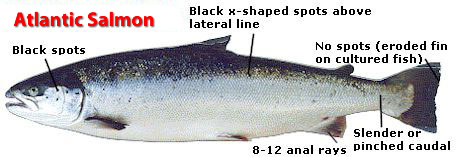
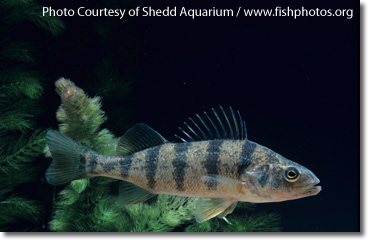
The Province is committed to protecting B.C.’s native fish and their habitats from Aquatic Alien Invaders. In addition, the Freshwater Fisheries Society of B.C. and the Habitat Conservation Trust Foundation have taken the lead in raising awareness and preventing the introduction and spread of alien species in B.C. waters.
A video/DVD entitled “Stop the Alien Aquatic Invaders” is available through the HCTF (250 940-9780).
B.C.’s lakes and streams are home to over 80 species of freshwater or sea-run wild native fish, many of which support an impressive array of recreation angling opportunities for which the province is world-renowned. Our freshwaters are also home to non-native fish species that have been stocked in waters across the province to create and augment existing fisheries. Although some of these species have become established in areas where they were intentionally stocked, we are now seeing an expansion of non-native fish species into regions were they previously were not found. In particular, the southern and interior regions of B.C. have reported new occurrences of koi, carp, brown bullhead, yellow perch, largemouth bass, smallmouth bass, black crappie, pumpkinseed sunfish and northern pike. The unauthorized introduction of any non-native fish species poses a threat to B.C.’s wild and stocked fisheries. Live fish should not be introduced into any natural waters by anyone other than the fisheries agencies, especially in waterways with connections to other systems that allow fish to expand their range. While non-native species support important recreational fisheries in intended areas, the uncontrolled expansion of non-authorized species in B.C. may be at the expense of our other high-value fisheries. The impact may be irreversible in many cases and once a species becomes established may be impossible to eradicate.
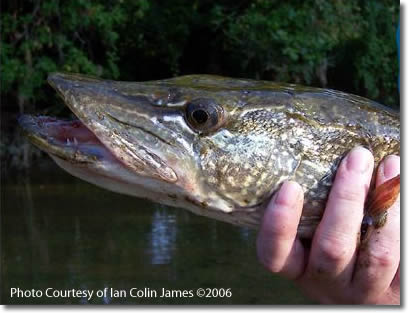
Eurasian watermilfoil and other non-native aquatic plants can create aquatic, environmental and economic problems in our waters.
| Whirling disease is caused by a microscopic parasite (Myxobolus cerebralis) that infects both fish and freshwater worms during different phases of its lifecycle. Species such as rainbow trout, cutthroat trout and whitefish are particularly susceptible to whirling disease but the severity of the disease depends on the age and size of the affected fish. The most vulnerable are juvenile fish, which could see mortality rates as high as 90 percent. There are no known health concerns for people or animals that might come in contact with the parasite by swimming or eating infected fish. Fish infected with whirling disease may exhibit a “whirling” swimming behavior as the parasite attacks cartilage and impairs the nervous system. Fish may also show signs of physical malformations including head and tail deformities and darkened coloration near the tail area. There are no treatment options. | 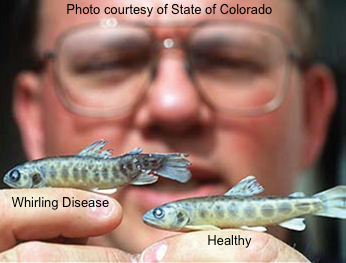 |
| There are no confirmed cases of whirling disease in British Columbia to date. Due to the close proximity to infected watersheds the Province of British Columbia has introduced a new surveillance program in partnership with the Freshwater Fisheries Society of BC and the Habitat Conservation Trust Foundation. The program analyzes samples collected from waterbodies in the Kootenay Region deemed at high risk of infection, and at B.C. hatchery egg collection sites. |
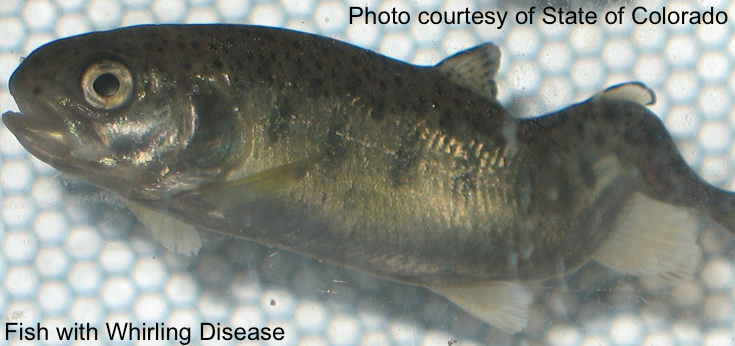
|
If you see fish with the symptoms above, please email biologist Stephanie Whyte at Stephanie.Whyte@gov.bc.ca